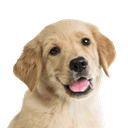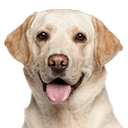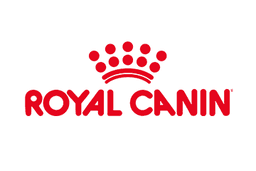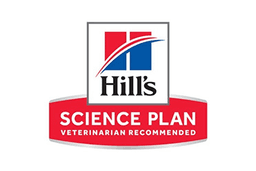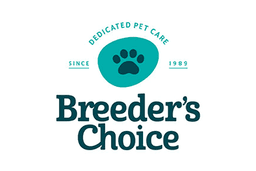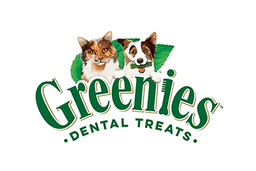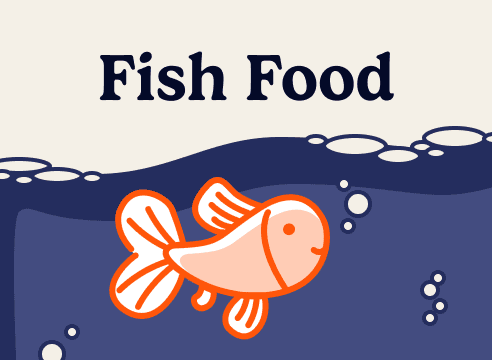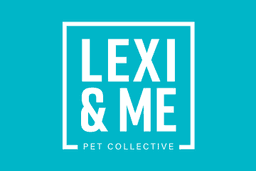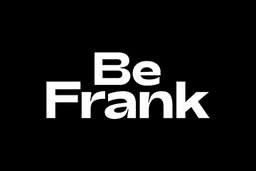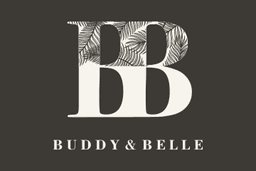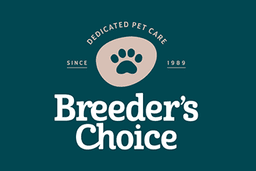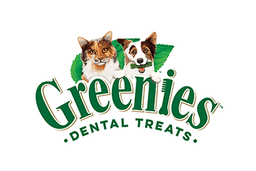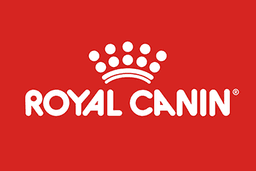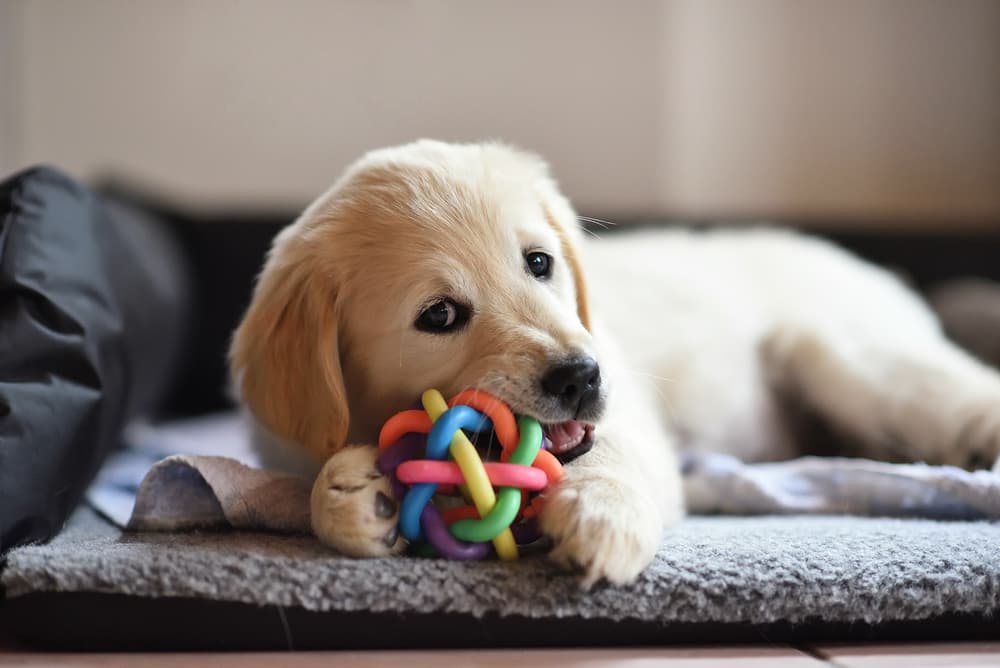As a pet parent, it’s vital to learn how to train a puppy to stop biting. Those tiny, sharp teeth can cause eye-watering pain, and property destruction!
Mouthing, nipping and biting are a normal part of puppy development. Your pup’s mouth and teeth help them explore the world, and interact with people or animals. But rough play, nipping and biting can easily escalate to unsafe or aggressive behaviour. Read our tips on how to train a puppy not to bite. With patience and consistency, you’ll learn to redirect natural instincts safely, discover dog toys and accessories to support positive behaviour, and strengthen your bond.
Types of puppy biting behaviour
Mouthing, nipping and biting aren’t usually meant to be aggressive. They often decrease over time and will decline by six months of age. Puppies must learn to control their bite to keep fingers and furniture intact, and prevent long-term aggression problems. This applies whether you have a Pug, Beagle, Jack Russell, Husky or Rottweiler pup!
What is puppy mouthing?
Curious puppies may mouth or gnaw your hands, favourite jeans, chairs or curtains. They use their mouth to explore, learn about texture and test what they can chew. Sometimes the outcome is damage or pain.
What to do about puppy mouthing
- Puppy-proof your home. Are clothes, shoes, photos or food strewn across the couch or floor? Ensure anything precious, valuable, fragile or toxic is safely stored out of reach.
- Use baby gates to limit room access.
- Try a bitterant spray to deter chewing on furniture.
- Keep them content with suitable alternatives: chew toys, puzzles, treats or bones
What is puppy nipping?
This sudden, sharp biting may puncture clothing or injure soft skin. If your pet looks relaxed when they nip, they’re probably seeking attention or play. Some dogs nip feet during walks. Herding dogs are predisposed to nip and chase – some even herd children!
What is puppy biting?
Dogs that haven’t learned to control mouthing and nipping may bite down hard, causing injuries that draw blood and need treatment.
How to stop a puppy from nipping and biting
When you bring a new puppy home, behavioural training is essential. Training curbs harmful behaviour and redirects them to appropriate ways to meet natural instincts.
Avoid punishment
Muzzling or holding their mouth shut can be ineffective, cruel, increase fear or aggression. Pups may become distressed by hands near their face or mouth while giving medication or checking teeth. Also, punishment doesn’t teach what they should do with their mouth.
Bite inhibition: teach your puppy to be gentle
Puppies often nip or bite during play and yelp a warning if those bites hurt. The biter often startles and pauses before the tussle continues, this play helps them learn to control the force of their bite. Most puppies can learn to be gentle with humans in the same way. Allow your pet to mouth your hands. If they bite, yelp loudly and let your hand go limp to show you’re hurt. Your pet should stop mouthing and pause. Praise them then continue to play. Repeat this no more than three times in 15 minutes. If yelping doesn’t work, try time out. When your pup bites, yelp and wait for them to look. Move your hand or body away and ignore them for 10-20 seconds. When they’re calm, come back, offer praise then continue playing. When hard bites stop, train them to control moderately hard bites and so on until the force of their mouthing is soft. With patience and consistency puppy learns that play stops if they bite, and continues if they’re gentle. Puppies that learn bite inhibition are less likely to bite as adults.
Teach your puppy that teeth don’t belong on human skin
- Don’t wave fingers or toes to encourage play. Instead, offer a chew toy or bone.
- If they nip while being patted or scratched, distract them with treats from your other hand. They’ll learn to accept touch without nipping.
- If they nip your feet while you walk, keep a tug toy in your pocket. When they nip, stop and wave the tug towards them. When they grab it, praise and keep walking.
- Try time out whenever puppy’s teeth touch your skin. Yelp, ensure they’re safe then walk away. Ignore them for 30-60 seconds then return.
- Use bitterant spray on your body and clothes where your pet likes to mouth. When the bad taste repels them, offer praise. Sprays can take two weeks to be effective.
- Avoid rough contact and choose games such as tug, fetch or chase.
- Arrange regular doggy catch ups.
Give your puppy an alternative item to chew
PetPost has a wide variety of exciting chew toys available, plus durable toys and interactive toys and puzzles to keep them busy. Choose items suited to their age, skills and interests. Keep them nearby to offer whenever nipping or biting begins. Be consistent! Don’t use your arm or jumper for a quick game of tug instead. Chew treats such as braided bully sticks, dried pig ear or this BlackDog cow hoof are great options for chewing.
When biting becomes aggression
Tense body and facial muscles, lips pulled back, teeth exposed, growling, biting... these are signs of a puppy tantrum. Don’t yelp – your pet may respond aggressively. Stay calm and unemotional, hold them firmly without restricting them. When they settle, let them go. Consider what’s happening. Do they appear threatened, scared, forced to stay still when they want to play, overstimulated, tired, hungry, sick? Try to meet their needs. Put them in a playpen, crate or quiet place to calm down. Then offer positive reinforcement through treats or praise. Consider enrolling them in puppy school for ongoing support.
What to do when biting becomes aggression
If biting from tantrums, fear or frustration continues, seek expert help as this can signal problems with future aggression. Your vet can check physical causes such as intestinal parasites that lead to increased biting. A vet or qualified dog behaviourist can create a treatment plan and follow up.
Want to find out more about training your puppy?
Check out these puppy blogs
